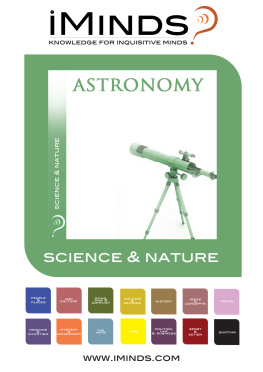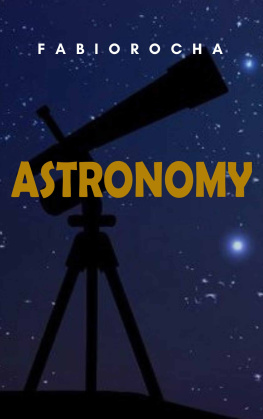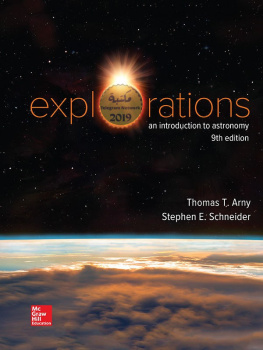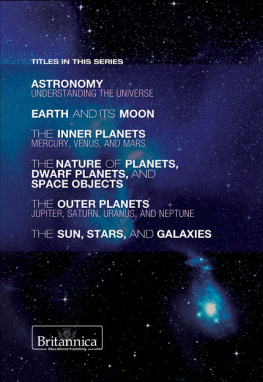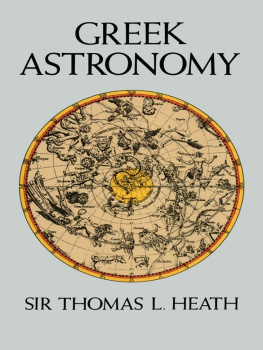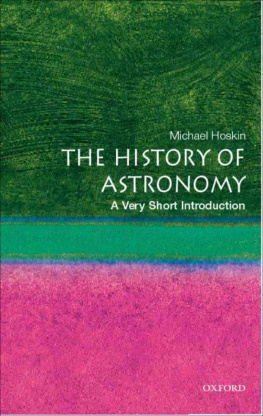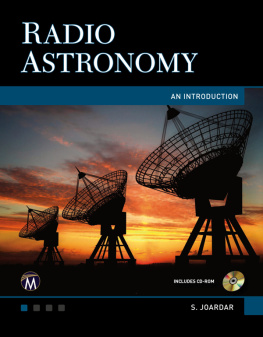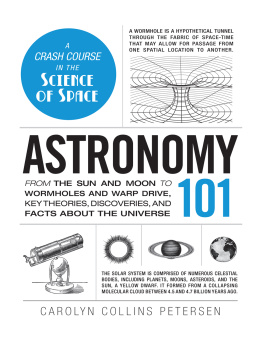i
Explorations
An Introduction to Astronomy
Ninth Edition

Thomas T. Arny & Stephen E. Schneider
The nine Looking Up figures on the following pages explore a variety of the amazing objects that can be spotted in the night sky. Brief descriptions of each also list the chapter where you can learn more about them. 
|

ii

iii

iv

v

vi

vii

viii

ix

x

vi
Explorations
An Introduction to Astronomy
Ninth Edition

Thomas T. Arny
Professor Emeritus
Department of Astronomy
University of Massachusetts, Amherst
Stephen E. Schneider
Professor of Astronomy
University of Massachusetts, Amherst

vii

EXPLORATIONS: AN INTRODUCTION TO ASTRONOMY, NINTH EDITION
Published by McGraw-Hill Education, 2 Penn Plaza, New York, NY 10121. Copyright 2020 by McGraw-Hill Education. All rights reserved. Printed in the United States of America. Previous editions 2017, 2014, and 2010. No part of this publication may be reproduced or distributed in any form or by any means, or stored in a database or retrieval system, without the prior written consent of McGraw-Hill Education, including, but not limited to, in any network or other electronic storage or transmission, or broadcast for distance learning.
Some ancillaries, including electronic and print components, may not be available to customers outside the United States.
This book is printed on acid-free paper.
1 2 3 4 5 6 7 8 9 0 LWI 22 21 20 19
ISBN 978-1-260-15051-3 (bound edition)
MHID 1-260-15051-8 (bound edition)
ISBN 978-1-260-43214-5 (loose-leaf edition)
MHID 1-260-43214-9 (loose-leaf edition)
Portfolio Manager: Thomas Scaife, Ph.D.
Product Developers: Robin Reed, Megan Platt
Marketing Manager: Shannon ODonnell
Content Project Managers: Laura Bies, Rachael Hillebrand, & Sandra Schnee
Buyer: Susan K. Culbertson
Design: David W. Hash
Content Licensing Specialist: Lorraine Buczek
Cover & Title Page Image: muratart/Shutterstock
Compositor: MPS Limited
All credits appearing on page or at the end of the book are considered to be an extension of the copyright page.
Library of Congress Cataloging-in-Publication Data
Arny, Thomas, author. | Schneider, Stephen E. (Stephen Ewing), 1957-author.
Explorations : an introduction to astronomy / Thomas T. Arny
(professor emeritus, Department of Astronomy, University of Massachusetts,
Amherst), Stephen E. Schneider (professor of astronomy, University of Massachusetts, Amherst).
Ninth edition. | New York, NY : McGraw-Hill Education, 2019. | Includes index.
LCCN 2018013865 | ISBN 9781260150513 (alk. paper)
LCSH: AstronomyTextbooks.
LCC QB45.2 .A76 2019 | DDC 520dc23
LC record available at https://lccn.loc.gov/2018013865
The Internet addresses listed in the text were accurate at the time of publication. The inclusion of a website does not indicate an endorsement by the authors or McGraw-Hill Education, and McGraw-Hill Education does not guarantee the accuracy of the information presented at these sites.
mheducation.com/highered
viii
Brief Contents

xiv
Contents
xv
xvi
xvii
xviii
xix
xx
xxi
xxii
xxiii
Preface
Our motivations for writing Explorations: An Introduction to Astronomy are many, both personal and pedagogic. Perhaps foremost among these is a desire to share with students our own sense of wonder about the Universe.
That sense of wonder grows deeper when we begin to understand why things happen. Many astronomy books today seem to simply say, This is how it is. We want instead to offer explanations that draw as much as possible on simple, everyday experiences. For example, why do some stars pulsate? A simple analogy of steam building up pressure under the lid of a pan offers a model of this phenomenon that is easy to understand and reasonably accurate. You can even learn how planets get their internal structure by examining a previously-melted box of chocolate chip ice cream. When we can thus link physical principles to everyday observations, many of the more abstract and remote ideas become more familiar. Throughout the book we have made heavy use of analogies, along with carefully designed illustrations to make those analogies more concrete.
Knowing the facts about astronomical objects is important, but it is equally important to understand how astronomers deduce those facts. Thus, an additional aim throughout this text is to explain how astronomers have come to their understanding of our Universe. New observations can force astronomers to revise their ideas of how a given process occurs. As part of showing how scientists arrive at their ideas, we have set many of the modern discoveries in their historical context to illustrate that science is a dynamic process and subject to controversymany ideas are not immediately accepted, even if they ultimately prove to be correct. We hope that by seeing the arguments for and against various ideas, you will gain a better understanding of how science works.
Seeing a clear night sky spangled with stars is a wondrous experience. And yet the beauty and sense of wonder can be enriched even more by an appreciation of the complex processes that make the Universe work. We hope this book will similarly increase your appreciation of our Universes wonders.
A READERS GUIDE TO EXPLORATIONS

![Thomas T. Arny Explorations: Introduction to Astronomy [9 ed.]](/uploads/posts/book/143658/thumbs/thomas-t-arny-explorations-introduction-to.jpg)

